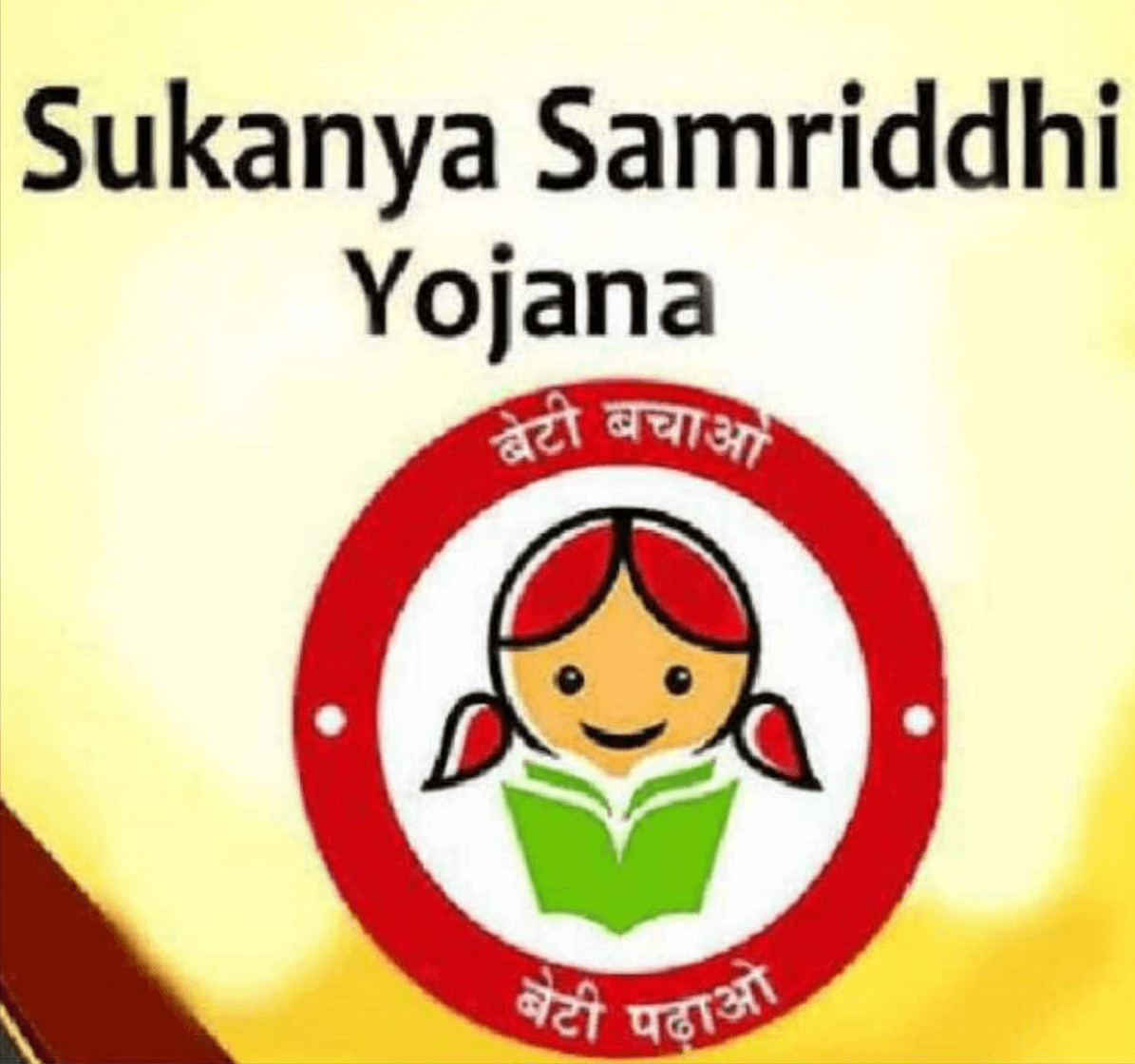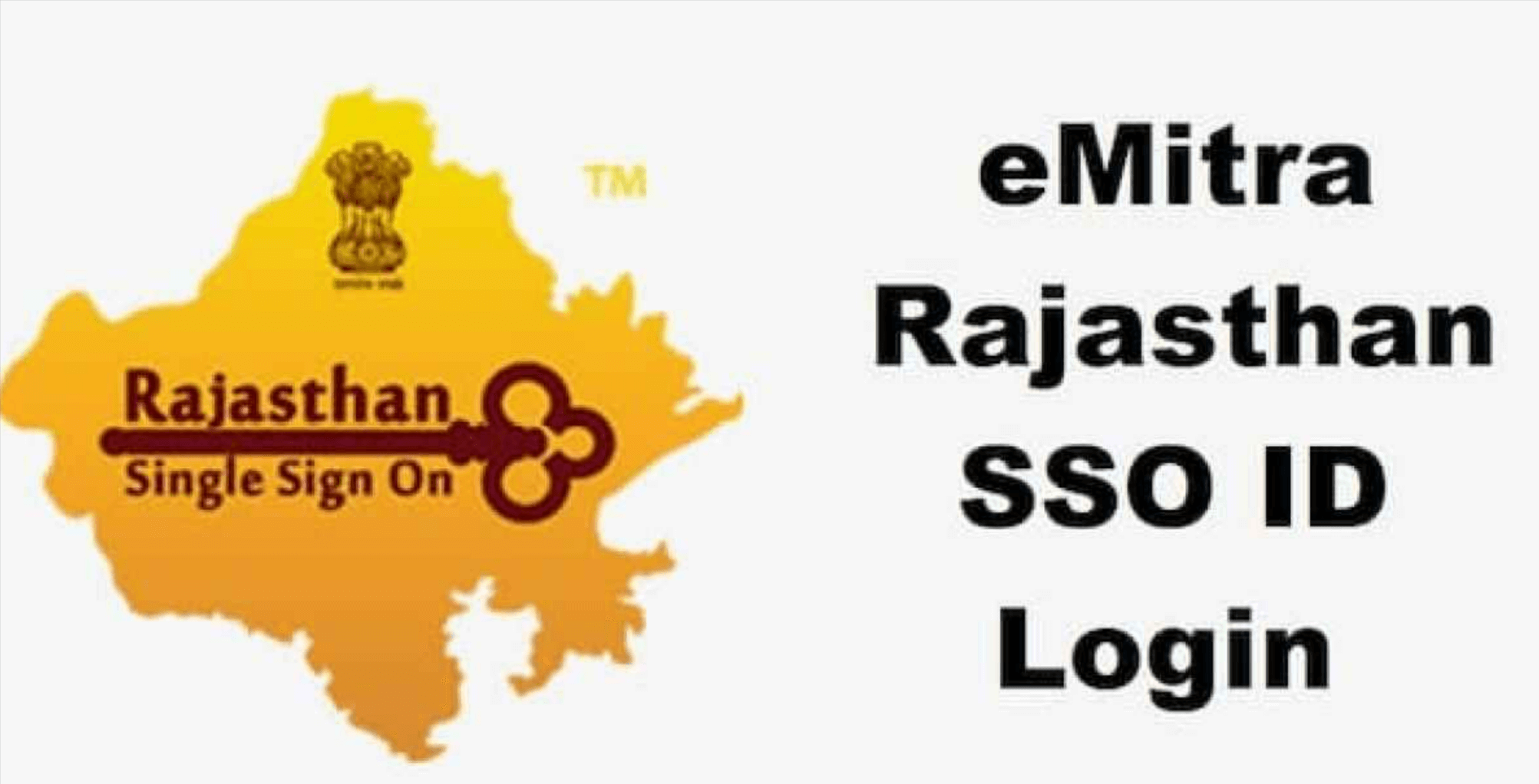About Sukanya Samriddhi Yojana
Sukanya Samriddhi Yojana (SSY) is a small deposit scheme launched by the Finance Ministry exclusively for girl children. SSY was launched by the Honorable Prime Minister on 22 January 2015 as a part of the Beti Bachao Beti Padhao campaign. This scheme is to meet the expenses of a girl’s education and marriage. This scheme, notified by the Government of India on 14 December 2014, encourages parents to create a fund for their daughter’s future education and marriage expenses.
One can apply for SSY through post offices or branches of public sector banks and three private sector banks. HDFC Bank, Axis Bank and ICICI Bank. The account can be opened by the parents or legal guardian of the girl child. The age of the girl child should be less than 10 years. Only one account is allowed for a girl child. A family can open only two SSY accounts. Minimum investment is ₹250 per year; Maximum investment is ₹1,50,000 per year. Maturity period is 21 years.
The interest rate for the period 01.04.2023 to 30.06.2023 is 8.0%. The principal amount deposited, interest earned during the entire tenure and maturity benefit are tax-free. The principal amount is deductible under Section 80C up to ₹1,50,000. Since the launch of the scheme, about 2.73 crore accounts have been opened under the scheme, with deposits of about ₹ 1.19 lakh crore.
Benefits of Sukanya Samriddhi Yojana
- Minimum investment is ₹250 per year; Maximum investment is ₹1,50,000 per year. Maturity period is 21 years.
- Currently, SSY has many tax benefits and has the highest rate of interest among all small savings schemes i.e. 8.0% (for the period from 01.04.2023 to 30.06.2023).
- The principal amount deposited, interest earned during the entire tenure and maturity benefit are tax-free under Section 80C.
- The account can be transferred from one post office/bank to another anywhere in India.
- Interest payment even after maturity if the account is not closed.
- Premature withdrawal up to 50% of the investment is allowed after the child attains the age of 18 years, even if he is not married.
Eligibility for Sukanya Samriddhi Yojana
- The account can be opened by either of the guardians in the name of a girl child who has not attained the age of ten years as on the date of opening the account.
- Under this scheme, each account holder will have only one account.
- An account under this Scheme can be opened for a maximum of two girl children in a family: Provided that more than two accounts can be opened in a family if such children are born first or second in the order of birth or both, in a family On submission of an affidavit by the guardian along with the birth certificate of twins/triplets regarding the birth of such multiple girls in the first two orders of birth. Provided that if the family consists of two or more living girls in the first order of birth, the above provision shall not apply to the girls in the second order of birth.
Application Process of Sukanya Samriddhi Yojana
Sukanya Samriddhi Yojana (SSY) account can be opened at any participating bank or post office branch. To open an account, complete the steps below:
- Go to the bank or post office where you want to open an account.
- Fill out the application form with the required information and attach any supporting documents.
- Pay the first deposit through cash, check or demand draft. Payment can range between Rs 250 to Rs 1.5 lakh.
- Your application and payment will be processed by the bank or post office.
- After processing your SSY account will be activated. A passbook for this account will be provided on the occasion of account opening.
Required Documents for Sukanya Samriddhi Yojana
- birth certificate of girl child
- Photo ID of the applicant’s parent or legal guardian
- Address proof of the applicant’s parents or legal guardian
- Other KYC proof like PAN and Voter ID.
- SSY account opening form.
- If multiple children are born under the same birth order then a medical certificate has to be submitted.
- Any other document requested by the bank or post office.








